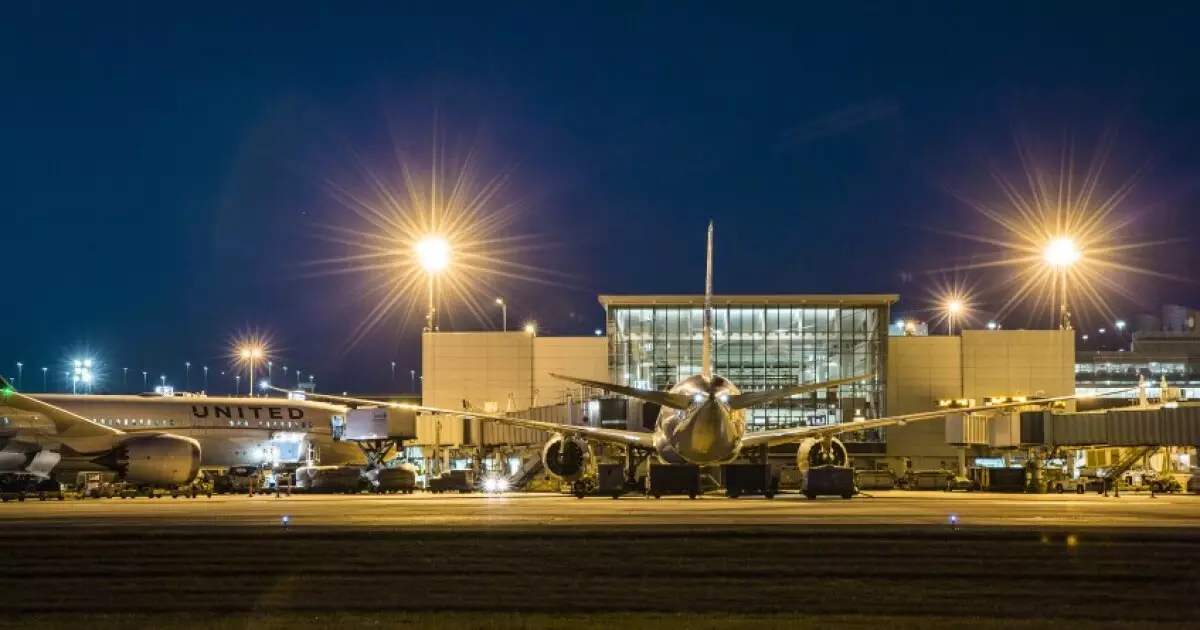Houston’s latest municipal bond issuance promises a grand vision—an ambitious $719.5 million to fund what is described as a multi-billion dollar capital improvement plan (CIP) for its three airports. On the surface, this projects an image of economic vitality and civic progress, yet beneath the shiny veneer lies a web of financial risks and questionable priorities that warrant deep skepticism. The city’s eagerness to issue bonds, notably subordinated revenue bonds subject to the alternative minimum tax, signals a commitment to borrowing heavily—planning to propel itself into even greater debt for a system that, while having promising growth, is far from being sustainable without exposing taxpayers to future volatility.
Riding on the Coattails of Confidence, but At What Cost?
While credit agencies like KBRA and S&P Global Ratings heap praise on Houston’s airport system’s “solid growth” and “favorable” outlook, this optimism leans heavily on assumptions that demand scrutiny. The projected increase in enplaned passengers—upward of 20% at IAH by 2032—is presented as a beacon of future stability. Yet, this reliance on passenger volume growth, especially with United Airlines accounting for 73% of traffic at IAH and Southwest dominating William B. Hobby Airport, hints at an over-dependence on a few major carriers. Any disruption in these airline relationships or shifts toward remote work and pandemic fatigue could abruptly deflate these projections, leaving Houston strapped to a debt load that’s not supported by resilient revenue streams.
Your Tax Dollars at Play: A Bet on the Future
The city’s confidence rests on continued passenger expansion and the presumed willingness of future travelers to support higher airport revenues. But what if the growth plans fall short? The bonds are secured by net revenues after senior debt payments, which means if passenger numbers dwindle or if airline profits suffer—leading to decreased fee collections—the city’s financial footing could be compromised. The previous issuance of $1.1 billion backed by a junk-rated airline provider already hints at the precariousness of Houston’s aviation finances. Relying on such volatile revenue sources to fund massive infrastructure projects is akin to building on shifting sands.
A Costly Gamble on Infrastructure For a Select Few
This aggressive expansion is framed by a $2.92 billion CIP slated for 2026-2030, with projects sprawling across terminals, airfields, and parking facilities. Given the scale and scope, it raises questions about the actual necessity versus the political and economic incentives that drive such massive spending. The fact that the entire plan includes military and federal facilities at Ellington Airport complicates the narrative: is this truly a community-driven initiative, or a strategic push to increase regional influence and contractor profits? The risk of ballooning costs, cost overruns, and unanticipated maintenance expenses looms large over a population that might not see proportional benefits.
The Illusion of Financial Stability: A House of Cards?
While agencies claim that the airport system will maintain “healthy” financial metrics, history suggests caution. Heavy borrowing, especially when tied to uncertain revenue streams, strains a city’s fiscal health. The bonds’ ratings—though seemingly strong—are still based on optimistic forecasts. Should passenger numbers stagnate or decline, Houston might face a scenario where debt service becomes burdensome, forcing either cuts to essential services or future tax hikes. The current strategy appears to prioritize short-term growth over long-term prudence—a gamble that could ultimately backfire on taxpayers who will shoulder the costs if the airport system’s expansion turns out to be a financial mirage.
A Center-Right Perspective on Urban Development and Fiscal Responsibility
From a center-right standpoint, this scenario underscores the dangers of over-reliance on debt-fueled infrastructure projects justified by overly optimistic growth forecasts. While infrastructure investments can bolster economic competitiveness, they must be tempered by fiscal responsibility and transparency. Houston’s approach, driven by aggressive borrowing and assumptions of continued passenger surges, risks saddling future generations with unsustainable liabilities. A balanced strategy would prioritize prudent planning, diversify revenue sources, and ensure that the true needs of the public are at the forefront—not just grandiose expansion aimed at impressing voters and political ambitions. To safeguard long-term stability, the city must scrutinize whether these projects truly serve the public interest or simply serve the interests of special contractors, developers, and political figures eager to create a veneer of progress—regardless of the cost.

